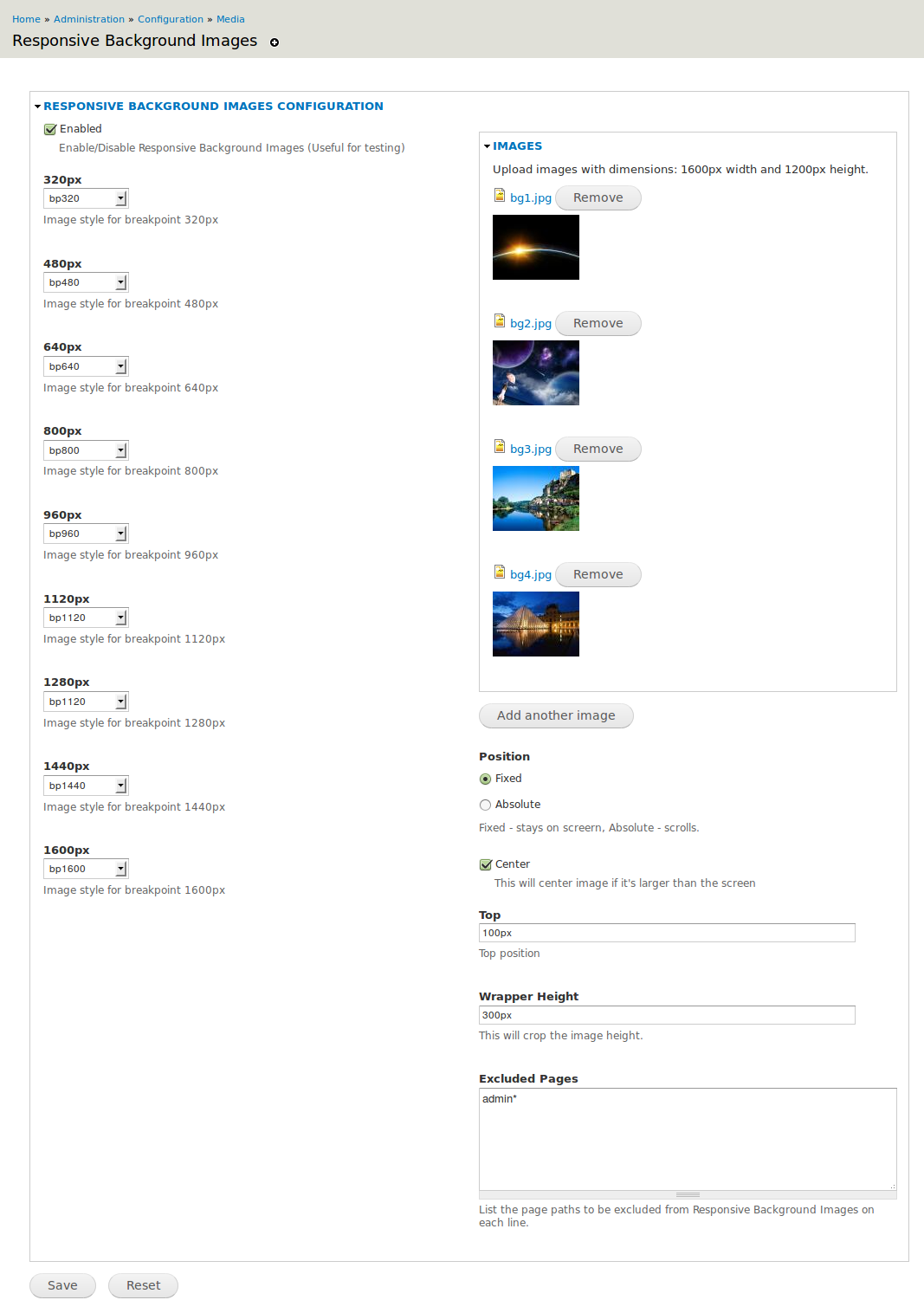

- #Css image responsive resize how to
- #Css image responsive resize code
- #Css image responsive resize series
Taking on any education can be an arduous task.
#Css image responsive resize code
So programmers who foresaw this eventuality in Staying motivated while learning to code July 24, 2022 The ongoing operation is delayed for a moment until the external condition is met. However, some operations must be paused until an external condition is met, either on the user or server side. Multiple operations happen simultaneously in an application to give the user a seamless browsing experience. Finally, the width property is used to specify the image’s width.Next, the height property is used to specify the image’s height.First, the border property is used to specify the image’s border.Then with the help of CSS, we will mention the proportions and other needed styles of the image.īefore jumping into examples, let’s look at some properties which influence the shape, size, and other altercations of images: Through this HTML element, we will only be able to add the image, source, and link. So to add images, we use the inline element. So we’ll be adding the image through HTML and not CSS.
#Css image responsive resize how to
How to Add an Image in CSS?īefore we look into these topics, we have to get the facts straight.įirst, the job of CSS is to provide an enhancing design to the structure of the website. This is why, through CSS, we are going to look at the different ways we can add, style, and align images on a website. If HTML is about giving the website’s framework, then CSS is the language that concentrates on adding features to the underlying framework, allowing the website to become more visually appealing. This is general knowledge, and almost everyone knows about it. HTML, CSS, and Javascript are three essential computer languages in web development that influence the website’s aesthetics. CSS Image Styling: How to Add, Center, and Resize Images with CSS The relevant corresponding CSS would be the following, where padding-bottom is one weird trick that is used to set a 16:9 ratio on the div containing the image. Liquorice candy macaroon soufflé jelly cake. An aria-label is encouraged to take the place of the alt attribute that would normally be present on a regular img tag. So using the example of templated cards, here's how you might set up using the background-size: cover solution.įirst, the HTML, where the image is inserted into the style attribute as a background-image. Let's look at how to use each solution, and learn when to select one over the other.Ī decade of my background was creating highly customized WordPress themes and plugins for enterprise websites. The alternative method makes use of the standard img tag, and uses the magic of: object-fit : cover I used this plugin on ~30 sites prior to the following property becoming more supported (aka IE < 9 dropping in total market share): background-size : cover Īccording to, this property and value have been well supported for over 9 years! But websites that are intertwined with using Backstretch or another homegrown solution may not yet have updated. In the not to distant past when jQuery was King of the Mountain and CSS3 was still worth being designated as such, the most popular tool for responsive background images was the Backstretch jQuery plugin.

#Css image responsive resize series
This is episode #3 in a series examining modern CSS solutions to problems Stephanie Eckles has been solving over the last 14+ years as a front-end dev.


 0 kommentar(er)
0 kommentar(er)
